- Home
- Directory
- Shop
- Underwater Cameras - Photographic Accessories
- Smartphone Housings
- Sea Scooters
- Hookah Dive Systems
- Underwater Metal Detectors
- Dive Gear
- Dive Accessories
- Diving DVD & Blu-Ray Discs
- Diving Books
- Underwater Drones
- Drones
- Subscriptions - Magazines
- Protective Cases
- Corrective Lenses
- Dive Wear
- Underwater Membership
- Assistive Technology - NDIS
- On Sale
- Underwater Gift Cards
- Underwater Art
- Power Stations
- Underwater Bargain Bin
- Brands
- 10bar
- AirBuddy
- Akona
- AOI
- Apollo
- AquaTech
- Atomic Aquatics
- aunoc
- AxisGo
- Backscatter Underwater Video and Photo
- BLU3
- Buddy-Watcher
- Cayago
- Chasing
- Cinebags
- Contour
- Deepblue
- Devilite
- Digipower
- DJI
- Dyron
- Edge Smart Drive
- Eneloop
- Energizer
- Exotech Innovations
- Fantasea
- FiiK Elektric Skateboards
- Garmin
- Geneinno
- GoPro
- Hagul
- Hoverstar
- Hydro Sapiens
- Hydrotac
- Ikelite
- Indigo Industries
- Inon
- Insta360
- Intova
- Isotta Housings
- Jobe
- JOBY
- Kraken Sports
- LEFEET
- Marelux
- Mirage Dive
- Nautica Seascooters
- Nautilus Lifeline
- NautiSmart
- Nocturnal Lights
- Nokta Makro
- Ocean Guardian
- Oceanic
- Olympus
- OM System
- Overboard
- Paralenz
- PowerDive
- QYSEA
- Ratio Dive Computers
- Scubajet
- Scubalamp
- Sea & Sea
- SeaDoo Seascooter
- SeaLife
- Seashell
- Seavu
- Shark Shield
- Sherwood Scuba
- Spare Air
- StickTite
- StormCase
- Sublue
- Suunto
- SwellPro
- T-HOUSING
- Tusa
- U.N Photographics
- Venture Heat
- XTAR
- Yamaha Seascooter
- Youcan Robot
- Zcifi
Galapagos - Mystery of Mysteries
Contributed by Scuba Diver Australasia
 By
Gillian Fagan
By
Gillian Fagan
"The bountiful sea rumbled and roared under constant grey skies while the islands slumbered, their summits shrouded in mist, the lowlands leafless, dormant and salt scoured." Tui De Roy.
We have been told we must be off the island by 6pm. This is when the sun sinks, the animals get territorial and the danger level rises in the Galapagos. It is five minutes to and the apprehension is showing on our guide, Luis’s face. Our boat Daphne is not far offshore and the panga (our inflatable) is idling in the shallows, ready to collect us. Yet there is one small obstacle between us, our hot showers and welcoming bunks. With its 250 kilos of blubber, ominous jaws and sonorous bark the sea lion alpha bull is perhaps, a rather large obstacle. Perched on the jetty, he is protecting his girlfriends and their pups. His claim to this colony of 20-30 females is brief, lasting only as long as he can starve himself of everything but sex. In the survival of the fittest, his time as a nymphomaniac is limited. Once exhausted he becomes a bachelor once more, banished to blustery cliffs to recuperate. In a scene straight out of an old western, he turns his head, eyes us up and scratches his ass. He is taunting us, daring us to take our best shot. Luis offers to distract him and as the bull lollops towards him in a bravado of hoarse barking, we run...and I have never seen tourists run so fast! Further up the jetty we startle a mother as her pup suckles noisily at her nipple. As she caterpillars away the hungry child erupts in a bleating cry. The only way to bypass the pair is to brave the jagged, wave-washed tuff rock between us and the panga. The old with their wonky knees, those in their brand new hiking boots and those carrying a fortune worth of camera lenses all take this slippery path, and in doing so, leave nature in peace.
The Galapagos lies 1000km off the Ecuadorian coast, its 15 islands and 40 some islets straddling the equator. Emerging 6 million years ago, it is still growing as the Nazca Plate carries the archipelago over a thermal 'hot spot'. At a rate of 2.7 inches a year the old eroded peaks are carried away as new ones are created in red-hot outpourings of magma.
Fuelled by the seclusion and the nutrient rich waters of the Galapagos, evolution
has run rampant. All the reptiles, _ the plants, _ the birds and _ of the fish
that live in this natural paradise are found nowhere else. A geological, zoological
and botanical anomaly the Galapagos has secured the title, 'natural laboratory
of evolution.' At the end of my 12-day journey through these islands, a fundamental
flaw in this analogy is undeniable. Completely unpredictable, the Galapagos
is unlike any laboratory. There are no tests and no controls in this untamable
place, here all one can hope to do is become accustomed to being surprised.
Only here could a 22-year old med school drop out and aspiring country parson
become the man that would launch the largest attack on the doctrine of the special
creation of man.
 Here
the currents are as fickle as the rain. Antarctic penguins live side by side
with tropical butterfly fish as the sultry equatorial sun shines down on bone-chilling
13ºC waters. Here immigration officers still write down your passport number
and name with a freshly sharpened pencil while outside lawn daisies grow to
the size of trees, birds forget how to fly and iguanas learn how to swim.
Here
the currents are as fickle as the rain. Antarctic penguins live side by side
with tropical butterfly fish as the sultry equatorial sun shines down on bone-chilling
13ºC waters. Here immigration officers still write down your passport number
and name with a freshly sharpened pencil while outside lawn daisies grow to
the size of trees, birds forget how to fly and iguanas learn how to swim.
Another name bestowed upon the Galapagos is 'the enchanted islands'. However, it seems that whether the visitor is a convict, pioneer, scientist, head of state or an aspiring underwater photographer like me, it is the islands that are the enchanters not the enchanted.
While the volcanic landscapes offer an ethereal break from our 9-5 reality,
the true draw card of the islands is the wildlife that proliferates around them.
When Herman Melville, whaler and author of ‘Moby Dick’, came across
the Galapagos he called its residents "outlandish beings", and rightly
so. Isolated from continental predators and emboldened with time the creatures
here are not only unique but fearless as well.
Early visitors to the Galapagos including Thomas De Berlanga, mistook the animals
benign curiosity for stupidity, "many seals, turtles, iguanas and birds
but so silly they do not know how to flee." Darwin and his fellows on the
Beagle would kill the birds with their own hands or see how many they could
down with one toss of a hat, while others took great pride in clubbing iguanas
to death. Such malevolence has today been replaced with an overwhelming desire
to see just how close to these animals we can get...and then, see if we can
get the camera lense even closer!
San Cristobal -a sea lion affair
 Sailing
south overnight we awake at Leon Dormido, a 500ft rock jutting out of the ocean,
for our first dive. Close by is San Cristobal, a magical island where the ubiquitous
sea lions warm even the hardest of hearts. You find them slumbering in every
corner, massaging themselves in the boat's spray, sailing in currents, trying
to sink fishermen's boats and hitching rides on warm pangas.
Sailing
south overnight we awake at Leon Dormido, a 500ft rock jutting out of the ocean,
for our first dive. Close by is San Cristobal, a magical island where the ubiquitous
sea lions warm even the hardest of hearts. You find them slumbering in every
corner, massaging themselves in the boat's spray, sailing in currents, trying
to sink fishermen's boats and hitching rides on warm pangas.
Diving with sea lions is a life altering experience, their lumbering land bodies turn into fluid expressions of joy once underwater. Dashing at you with their pointed snouts and flexed whiskers they blow bubbles in your face. Pirouetting to the surface they dangle from their tails, keeping their marble black eyes on you the entire time. The more you try to keep up the more animated they become, until you have used up half a tank of air and they have lost interest.
Floreana and Wolf - tragedy and vampires.
The diving lore that surrounds Darwin and Wolf speaks of teeming schools of hammerheads, channels swarming with whale sharks, Galapagos sharks, silkies, manta rays and dolphins blessing divers with their presence. As an appetizer, the diving at Wolf does not disappoint. The underwater topography, shaped by colossal landslides, resembles a child's playground. However, hiding behind boulders, it is Galapagos sharks we play hide and seek with. Trying not to scare the sharks off I hold my breath. They idle in closer, closer, closer…until I wimp out in a furry of bubbles!
Darwin -the fishiest dive in the world
Darwin, flanked by its stately arch, is truly in the middle of nowhere. The
next land mass is the Marqesas, so we have been warned that if we get caught
in a current we better be carrying our passports on us. In retrospect I often
wonder if our group was just spoiled. With comments like "oh I only saw
20 hammerheads", "there was a whale shark but I only glimpsed its
tail" or "yes the sea lions played with us but none of them tugged
at our fins," certainly not uncommon.
After the trip I asked Luis what he thought, "in eleven years of diving
here, there has only been no current three times. We were not very lucky. Two
weeks after you left we had five whale sharks in one dive, so many schools of
hammerheads, Galapagos sharks, silkies, dolphins and tuna..."
This article was originally published in Scubadiver Australasia
Shopfront
-
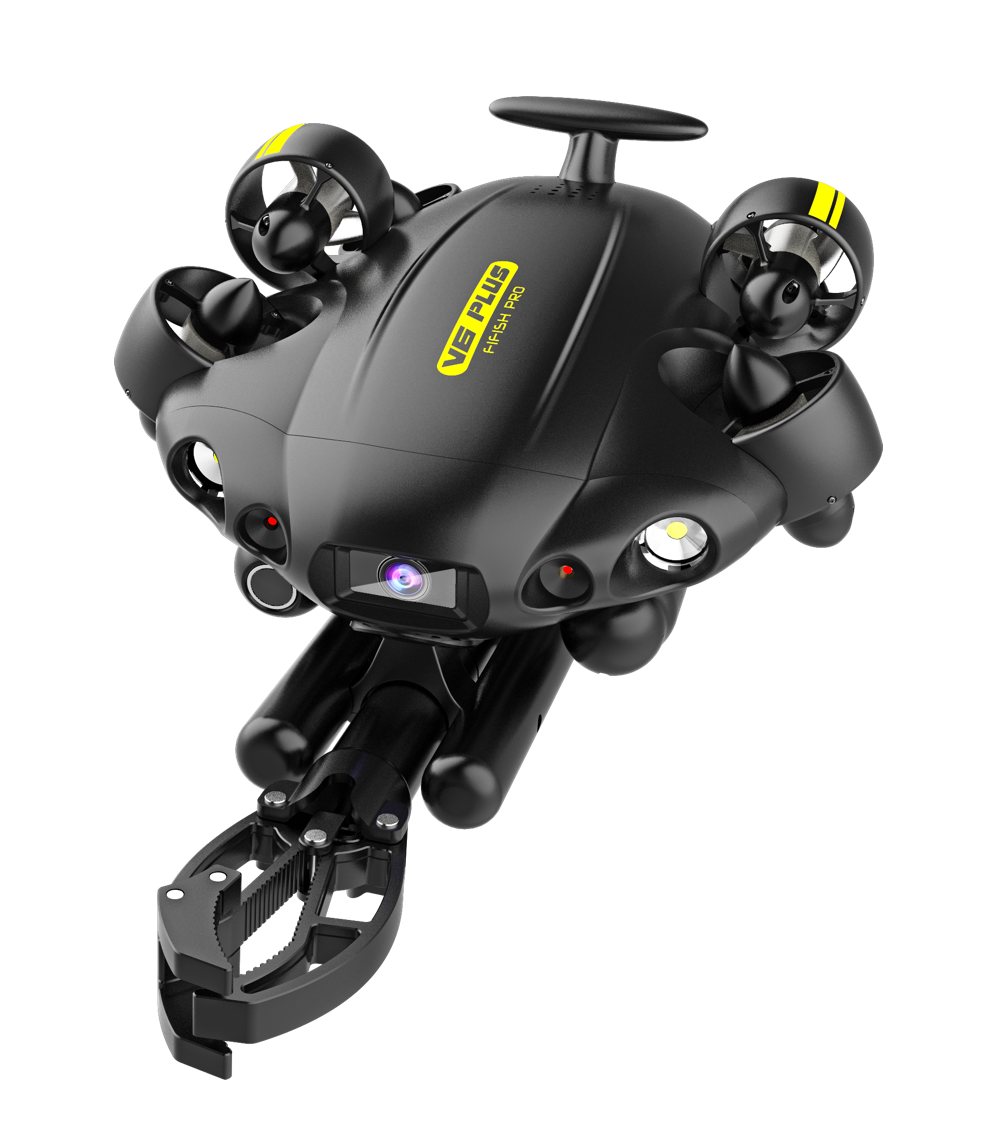 QYSEA Fifish V6 Plus - Underwater Drone Kit
QYSEA Fifish V6 Plus - Underwater Drone Kit
- Price A$ 25,000.00
-
 AOI Wide Angle Air Lens M52 Mount
AOI Wide Angle Air Lens M52 Mount
- Price A$ 244.95
-
 Yamaha Seascooter Jet Pod PRO
Yamaha Seascooter Jet Pod PRO
- Price A$ 1,799.00
-
 SeaLife Sea Dragon 5000+ with Color Boost™ Photo-Video light
SeaLife Sea Dragon 5000+ with Color Boost™ Photo-Video light
- Price A$ 1,049.00
-
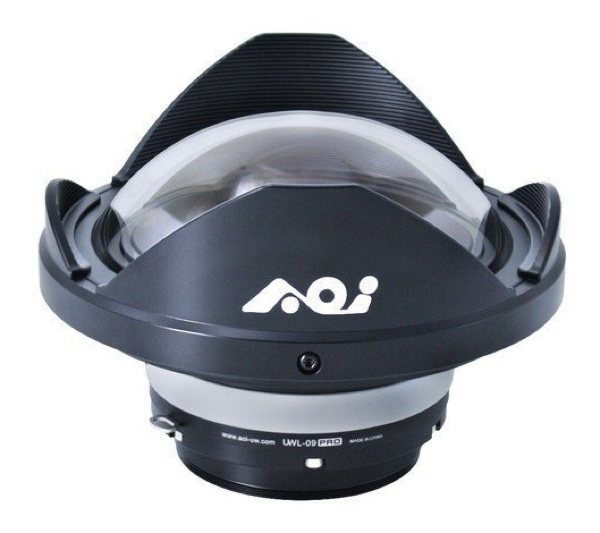 Fantasea AOI UWL-09 Pro - Super Wide Angle PRO Glass Wet Lens
Fantasea AOI UWL-09 Pro - Super Wide Angle PRO Glass Wet Lens
- Price A$ 1,649.00
-
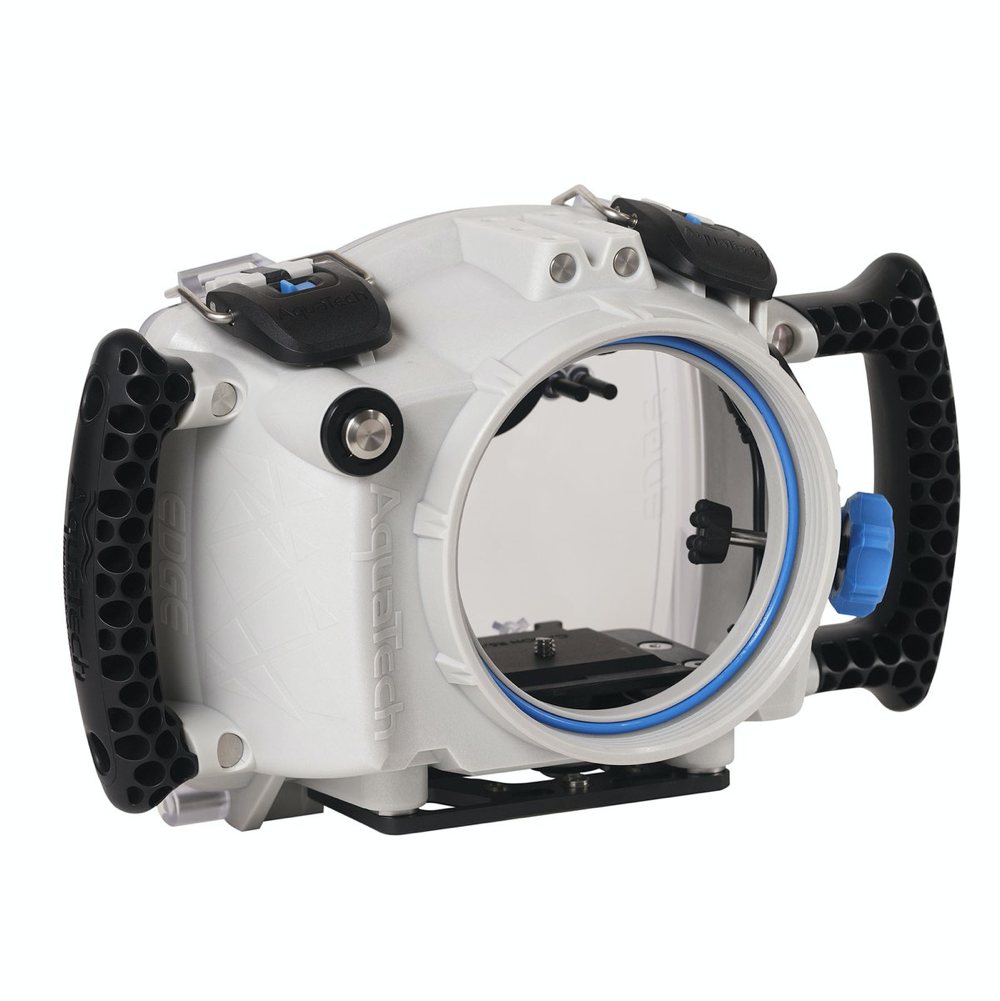 AquaTech EDGE Pro Camera Water Housings - Fujifilm mirrorless
AquaTech EDGE Pro Camera Water Housings - Fujifilm mirrorless
- Price A$ 1,949.00
-
 AOI UH-OM-1 Underwater Housing for Olympus and OM System OM1
AOI UH-OM-1 Underwater Housing for Olympus and OM System OM1
- Price A$ 1,699.00
In the Directory





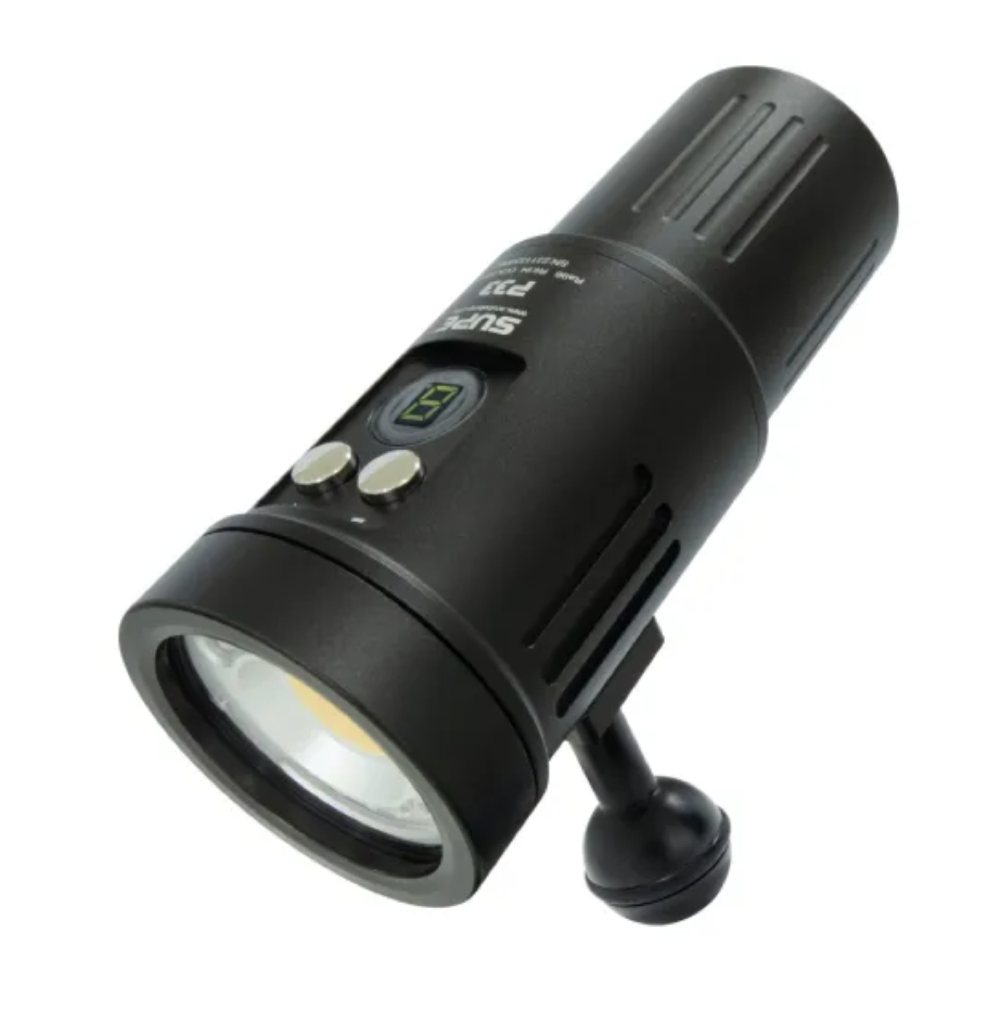

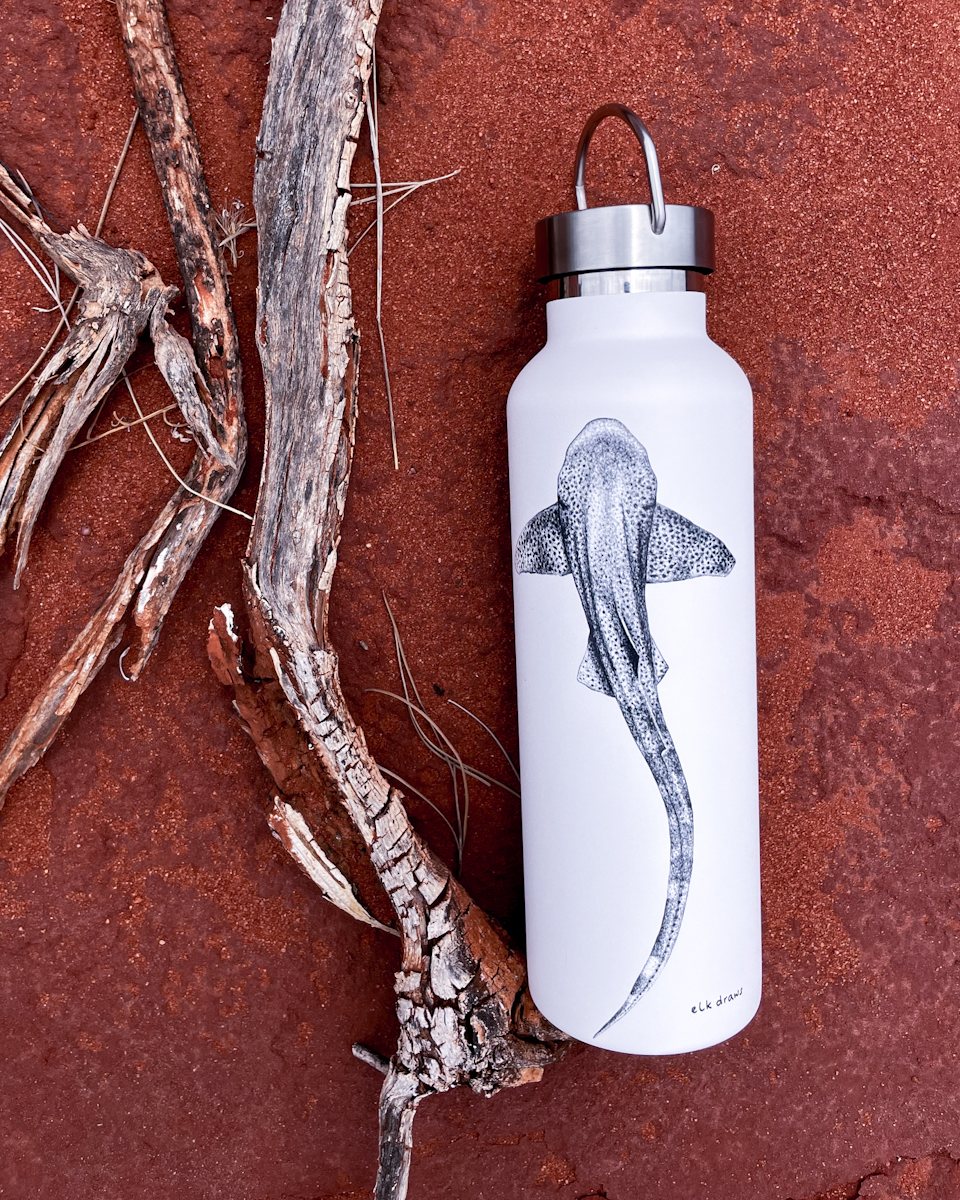



 SeaLife Sea Dragon 3000F with Color Boost™ Auto Photo/Video Light
SeaLife Sea Dragon 3000F with Color Boost™ Auto Photo/Video Light 




